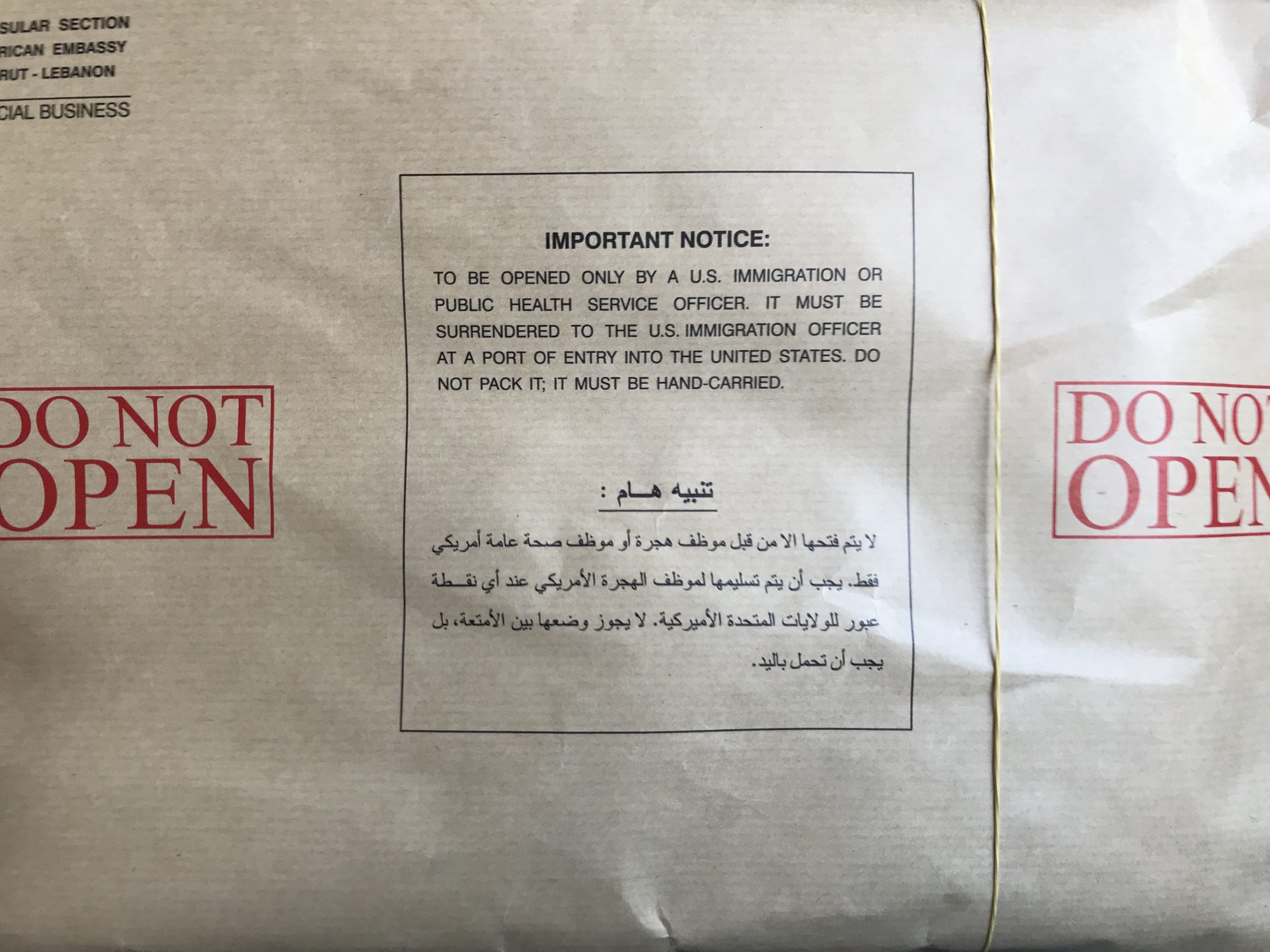There’s something that happens just before a dream becomes a plan, or maybe a little bit after that, when a plan is just about to gel into reality but isn’t quite there yet, at that liminal point between the lines of a preflight checklist; something happens akin to stage fright. This is the “dizziness of freedom,” the truly unpleasant kind that reminds one that, just as much as one is free to dream up and shape the arc of their future, one is also very much free to fall short.
Waiting around in the liminal place makes everything feel heightened, like a sign or an oracle, snap-crackle-n’-popping with anticipatory meaning. Here, even the most mundane thoughts take on precious significance. Consider the following:
“If consideration is given to the impact of air travel when going on holiday, both positive and negative effects can be experienced. The positivity of going to a new destination, the anticipation of new activities, freedom and well-being; but if the airport is crowded, the plane delayed and the weather at the resort is not as expected it can lead to negative impacts.”
This extract is taken from the sort of discussion that only economists can think to have, parsing out the slivers along a continuum of “goods” and “services,” and ranking their levels of “social psychological impact.” It’s a bizarre exercise for anyone attempting to peek in from the outside, like watching Achilles chase a tortoise, one-sixteenths, five-eighths, three-fourths at a time.
“If things go well, travel will be positive; if things don’t, it won’t.” These thoughts are utterly prosaic, but they cut right through the knot in the pit of my stomach, and the feeling of being on this side of a new beginning.
As the calendar days inch forward and the to-do list gets shorter and shorter, the euphoria of new possibilities turns into the cold chill of the obvious: I’m not the only one dreaming. This bright new future is the exact same destination for so many others making the same plans. The paperwork, the anxious waiting; all these things couldn’t get any more basic—and all of it, just a prelude to the real thing, where things go well or they don’t.
Lots of people in Seattle are new here, or are making big decisions about how they want to live here. How important do you think it is to look back? “I think it’s important to look back before looking forward, like checking your rear-view mirror. Don’t live in the past, but don’t pretend that it didn’t happen. It’s more about acceptance, and space, and distance, and reflection so you can be more clear going forward.”
Looking backward is a strange thing. It’s what makes cover letters and resumes so utterly painful. The only “out” from under the shadow of oneself is that corny old meta-narrative that my particular destination provides: opportunity.
What could be more axiomatic? Like molecules through a membrane, from one place with less to one place with more, there is no need for a beginning or end in this story. Opportunity is its own reason, so come as you are.
But we’re not actually molecules. This is why looking forward is much stranger. We have the promise of a fresh start, but we’re also expected to be in hot pursuit. To look ahead is to avoid hazards, to navigate the stars, to not ever get lost; every good writer is expected to write a good outline first, please. Plot the course. Follow through. If this is your final destination, thank you for flying with us and have a nice day.
One job application I’ve started filling out includes the question: “what makes you get up in the morning?” My most honest answer would honestly be: “the fact that morning is when the day begins” (but it’s a multiple choice question, alas). Is that good enough? A move this big ought to be motivated by something beyond the bare fact of moving. So many others are making preparations, finding their bearings and scoping out the lay of the land. So many others have put in the work, jungle blade in hand, leaving very little left uncharted.
“So, what brings you here?” is an especially relevant question for a city experiencing massive growth. The top-tips and guide-to’s I’m reading exist precisely because of this very thing that’s much larger than myself and my desires; a thing that’s not only good news. So, what do I bring?
I would be the world’s worst damned liar if I said that I didn’t have plans. I have huge plans. The biggest plans. I have plans so big that… it takes real guts to hope. So I’d much rather focus on what I know for certain. I know that Seattle-Tacoma International Airport is located 10 miles south of Seattle, on 2500 acres of land. Its runways are grooved and are in excellent condition. Sea-Tac hosts live music seven days a week, and features a SubPop store near Concourse C. The parking garage has seven levels connected by winding ramps. Sea-Tac’s Light Rail Station was opened in 2009 and is fourteen stops from the University of Washington. Last year, “more than 46 million passengers passed through the airport,” which is a 2.6% increase from 2016.
“Land of dreams, land of dreams; come and find your land of dreams…”
Yeah, okay.
